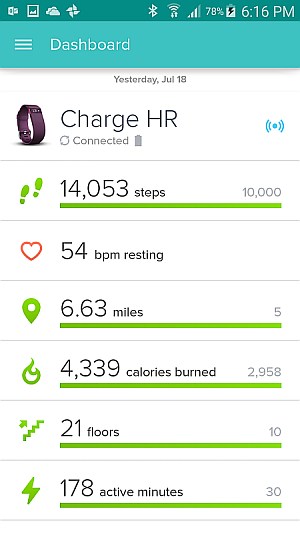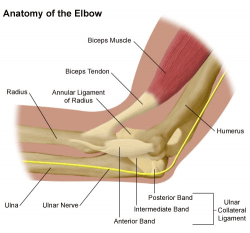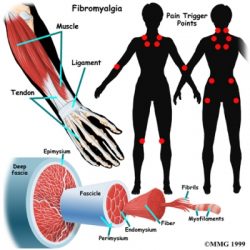A lasting trend is developing in health and fitness, according to an American College of Sports Medicine (ACSM) survey published in the November/December issue of ACSM’s Health & Fitness Journal®. The importance of experienced and educated fitness professionals remains the top predicted fitness trend for the third straight year.
The survey, now in its fourth year, was distributed to ACSM certified health and fitness professionals worldwide and was designed to reveal trends in various fitness environments. Nearly 1,500 completed surveys were received from respondents around the world. Thirty-seven potential trends were given as choices, with the top 20 ranked and published by ACSM.
Consistent with 2009 results, the elevated importance of experienced and educated fitness professionals was identified as the top trend of 2010, likely due to increased industry regulation and an influx of specialty certifications and educational programs available for these professionals. This trend has moved up the list since the survey’s inception in 2007, when it ranked third.
Strength training surged to second in the rankings, an indicator of the increased focus on strength training for various populations. Though strength training once was viewed only as a training method for male bodybuilders, more average exercisers and women are realizing its importance for healthy bones, muscles and aging.
Walter Thompson, Ph.D., FACSM, lead author of the fitness trends survey, says the 2010 predicted trends reflect consumer intelligence.
‘Consumers are more conscious of their finances than ever,’ he said. ‘If they’re going to work with a fitness professional to improve their health, they’re going to do their homework and find someone who’s educated, experienced and certified by a reputable organization such as ACSM.’
The top 10 fitness trends predicted for 2010 are:
1. Educated and experienced fitness professionals. Because of an increase in the number of organizations offering health and fitness certifications, it’s important that consumers choose professionals certified through programs that are accredited by the National Commission for Certifying Agencies, such as those offered by ACSM.
2. Strength training. Strength training is an essential part of a complete physical activity program for all physical activity levels and genders. In addition, some health clubs still focus exclusively on lifting and strength training.
3. Children and obesity. Health and fitness professionals see the growing problem of childhood obesity as an opportunity to reverse an alarming trend. There is also an increasing market demand for programs tailored to over and obese children.
4. Personal training. Education, training and proper credentialing for health and fitness professionals who act as personal trainers has become increasingly important, and is an integral part of staffing for health and fitness facilities.
5. Core training. Different from strength training, this type of training specifically emphasizes conditioning of the middle-body muscles, including the pelvis, lower back, hips and abdomen all of which provide needed support for the spine.
6. Special fitness programs for older adults. With more and more of the baby boomer population reaching retirement age, health and fitness professionals are designing age-appropriate fitness programs to keep older adults healthy and happy well into their golden years.
7. Functional fitness. This is a trend toward using strength training to improve balance and ease of daily living. Functional fitness and special fitness programs for older adults are closely related.
8. Sport-specific training. This trend distinctly relates to young athletes. High school athletes are incorporating training into their off-seasons in order to stay in top shape for their sports, and might join a health and fitness club or local community health organization to increase strength and endurance.
9. Pilates. Incorporating core training using the entire body, Pilates classes have become a mainstay of many health and fitness clubs. Pilates also improves flexibility and posture.
10. Group personal training. Perhaps the most surprising top-10 trend of the survey, group personal training involves small groups, in lieu of one-on-one instruction. The trend may reflect economic difficulties and makes financial sense for both the client and the trainer.











Hi, i’m trying to get hold of the owner of this website – can one of the moderators please get in contact with me via email as you have no contact page.